Instead of a list of tourist destinations, we offer you ideas on what to see in Vietnam in a more profound and culturally rich way. Check out Asiatica Travel's list of 15 things you must see in Vietnam:
1. Terraced Rice Fields in the Northern Mountains
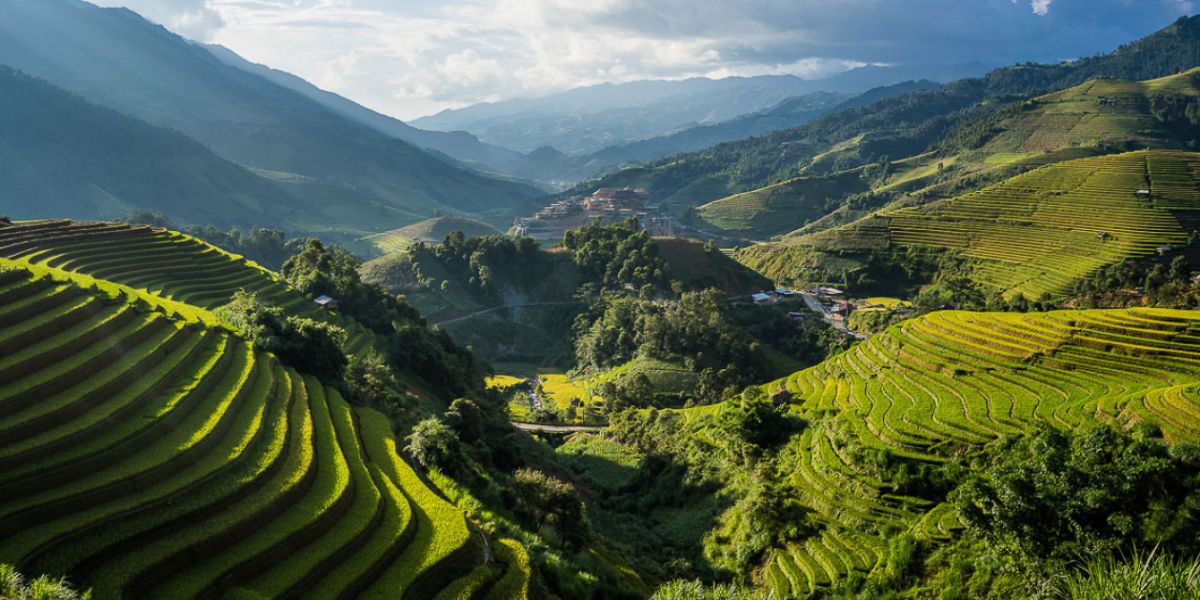
Vietnam is the world’s second-largest rice exporter with many of the finest rice varieties, which is why rice fields are the most common landscape you’ll see in Vietnam. Particularly in the northern mountains, the high, hilly terrain has been transformed into rice fields with advanced irrigation systems. The most beautiful terraced rice fields in the world can be found in places like Sapa, Mu Cang Chai, and Pu Luong in northern Vietnam. To visit the terraced rice fields in northern Vietnam, you can come to Vietnam in August or September. These are the two months when the rice is ripe and golden, and the sight of people harvesting enhances the beauty of the landscape.
2. Emerald Green Beaches
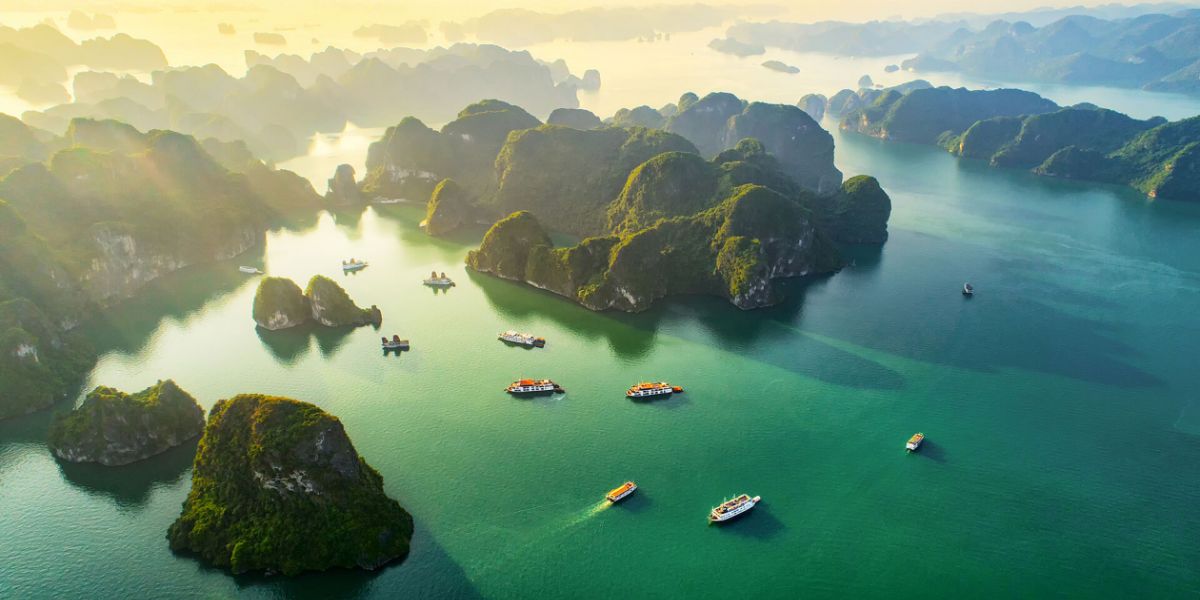
Vietnam’s beaches are as beautiful as those in Thailand, with white sandy shores, clear blue waters, and limestone formations making Vietnam’s beaches unique. The development of resorts and hotels over the past 10 years has provided visitors with the opportunity to relax with international standards. The most beautiful beaches in Vietnam are in Da Nang, Nha Trang, Phu Quoc, and Quy Nhon.
3. World Natural Heritage Sites
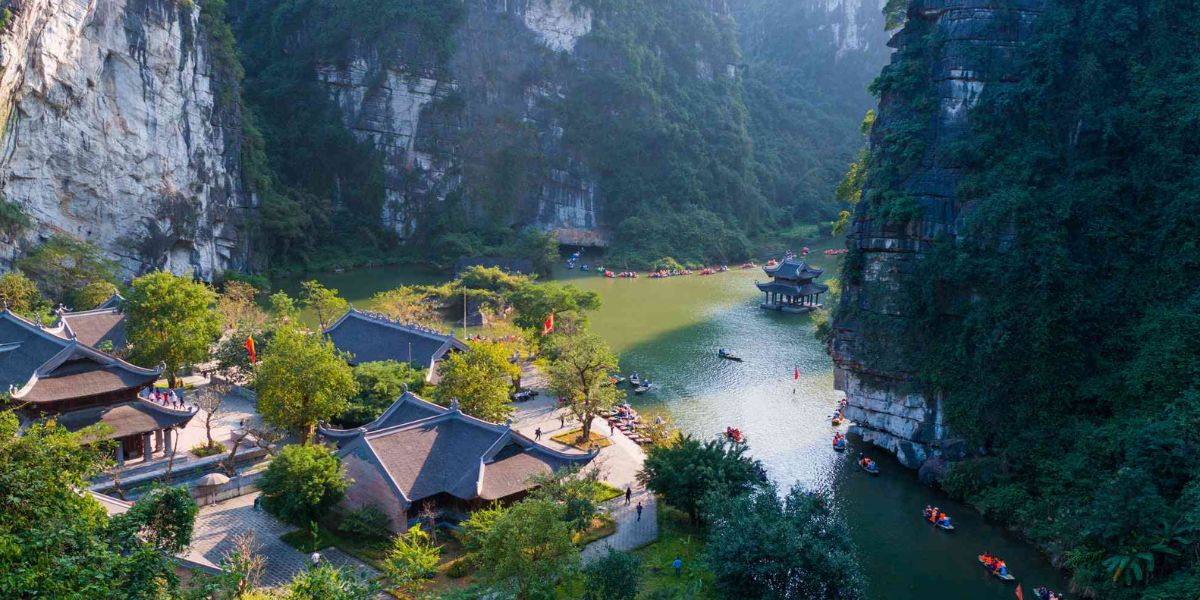
Vietnam has two UNESCO World Natural Heritage Sites: Ha Long Bay and the Trang An Scenic Landscape Complex. Both are characterized by their limestone karst formations close to the sea, creating a unique beauty globally. These areas were inhabited by prehistoric people during the period when sea levels were low. In Ha Long, you must experience spending a night on a luxury cruise and watching Ha Long Bay shrouded in early morning mist. In Ninh Binh, you can enjoy the limestone landscape by bike or on a small boat moving along the rivers.
4. Colorful Ancient Streets
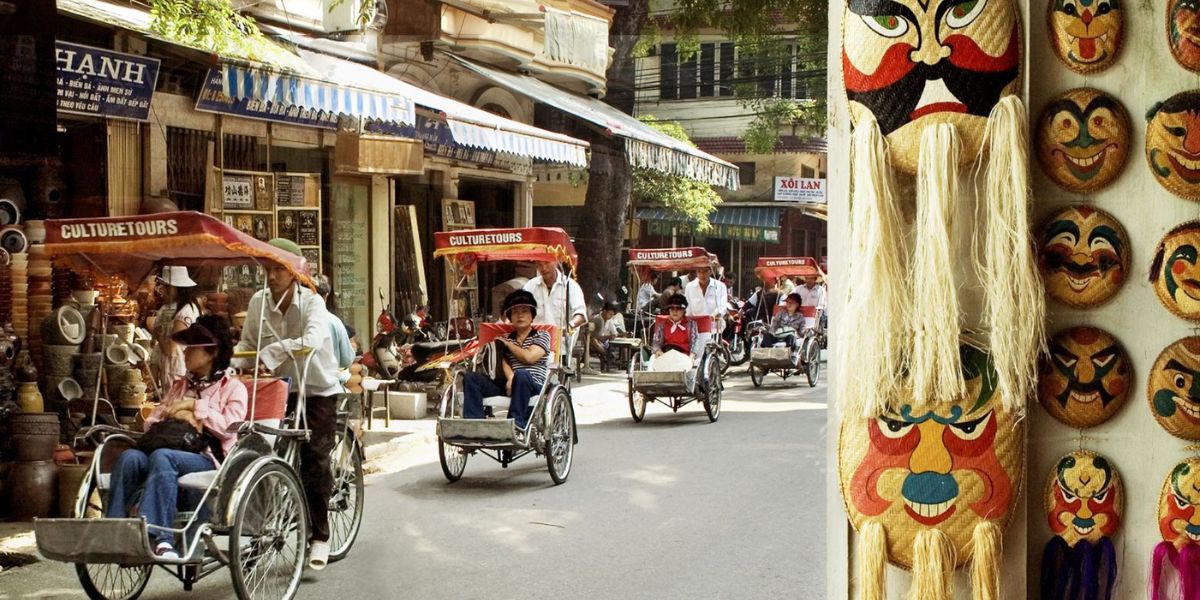
Vietnam has two of the most famous ancient quarters: Hanoi Old Quarter and Hoi An Ancient Town. Architecturally, these areas feature a mix of French colonial architecture, Chinese influence, and local Vietnamese building materials. These are places where people still live and trade, creating a vibrant, distinctly Vietnamese atmosphere. Stay in a hotel in the ancient quarter and walk around at night to experience the wonderful ambiance. Especially in Hoi An, don’t forget to enjoy the lanterns and release floating lanterns on the Hoai River. Hanoi Old Quarter is also known for having some of the best street food in Vietnam, where even a small eatery offers some of the world’s finest cuisine.
5. Modern Asian Metropolises
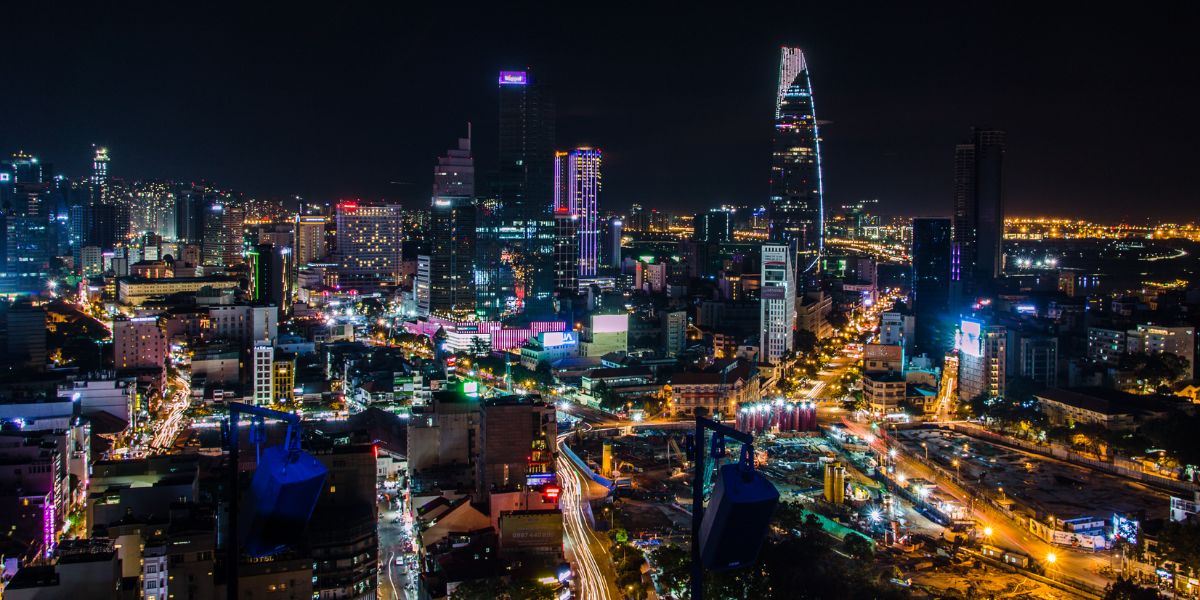
Although Vietnam is a developing country in Asia, it boasts two cities with populations over 10 million: Ho Chi Minh City and Hanoi, with an economic growth rate second only to China. The skyscrapers, brightly lit boulevards, and the bustling lifestyle of the residents will greatly surprise foreigners. Interestingly, Vietnam is a country with a dynamic economy and a high level of technical development compared to other Southeast Asian countries.
6. World’s Largest Caves
.jpg)
Vietnam’s topography, 80% mountainous, combined with strong geological activity in prehistoric times, has created the largest limestone cave system in Asia, including many of the world’s largest caves. Throughout the country, you’ll find caves in Ha Long Bay, Ninh Binh, and most notably the Phong Nha-Kẻ Bàng National Park, known for having the most beautiful stalactites in the world. The Sơn Đoòng Cave is the largest dry cave in the world, with its own unique ecosystem. Vietnam is a destination for adventure travel enthusiasts.
7. Dense Canal Systems in the Mekong Delta
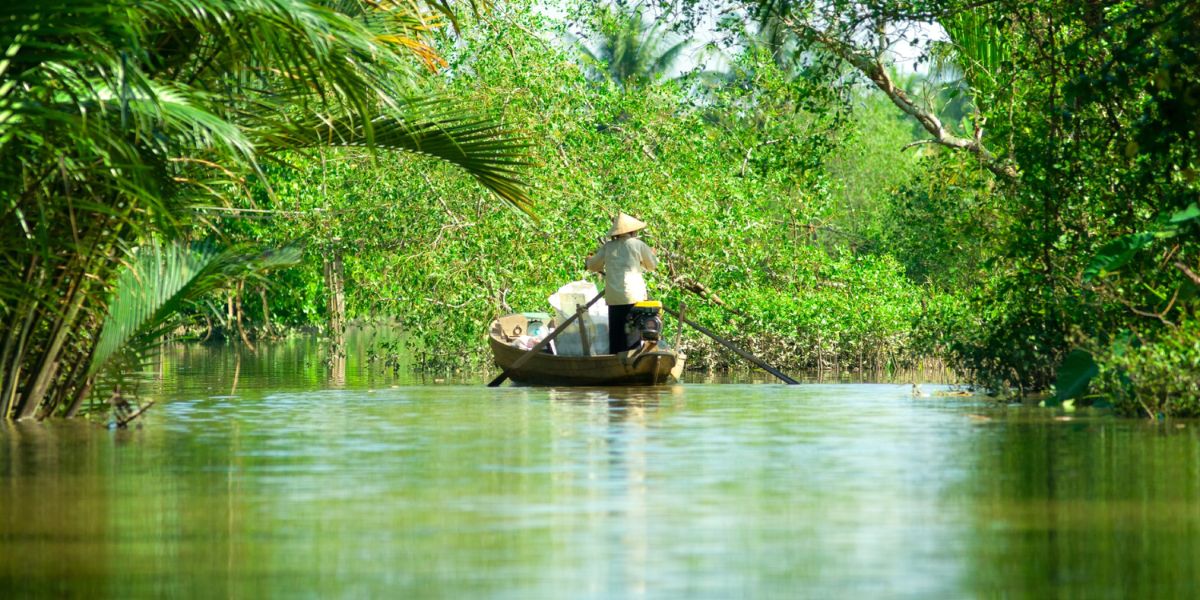
Located in the Mekong River delta, the southern region is the area with the densest river system in Vietnam, with numerous canals dug for irrigation and transportation. When you visit provinces like Ben Tre, Can Tho, or Tien Giang, you will see people traveling in small boats navigating through canals lined with water coconut trees. The local people build homes, hold markets, and raise fish on the water’s surface. This area has the coolest, most humid climate and the slowest pace of life in Vietnam.
8. Colorful Markets
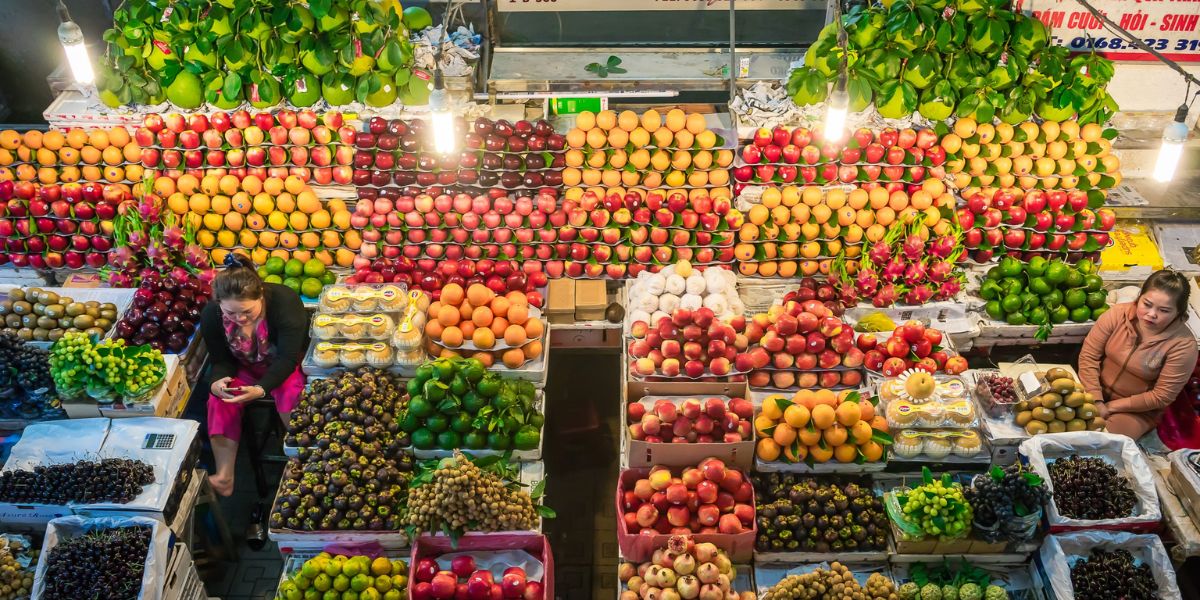
As a country with a dynamic economy, traditional markets are a showcase of the vitality of an Asian nation. Markets in Vietnam are not only places for trading goods but also meeting points for people and showcasing distinctive ethnic clothing, especially in mountain markets where ethnic minorities live. In rural areas, markets offer fresh produce and local products unique to Vietnam. If you travel to Vietnam, don’t forget to visit a market.
9. Temples and Pagodas

Buddhism has been the most influential religion throughout Vietnam’s 4000-year history, with nearly 90% of the population living in an environment influenced by Buddhism, even if they are not Buddhist. It is not unusual to encounter a religious monument every few hundred meters. These could be a pagoda, temple, shrine, or a village communal house. Vietnamese temple and pagoda architecture is influenced by Chinese design but often features the subdued colors of wood, brick, and laterite, with a more rustic and simple appearance. This is an important spiritual space for Vietnamese people throughout history.
10. Propaganda Art

Led by the Communist Party, propaganda forms such as posters, statues, and LED screens are very common in Vietnam. You can find slogans that praise the Communist Party’s policies and celebratory messages during major holidays. Propaganda art in Vietnam is characterized by the distinctive red color of the national flag and the Communist Party flag. The imagery often reflects Soviet and Maoist styles.
11. Vietnam War Memories
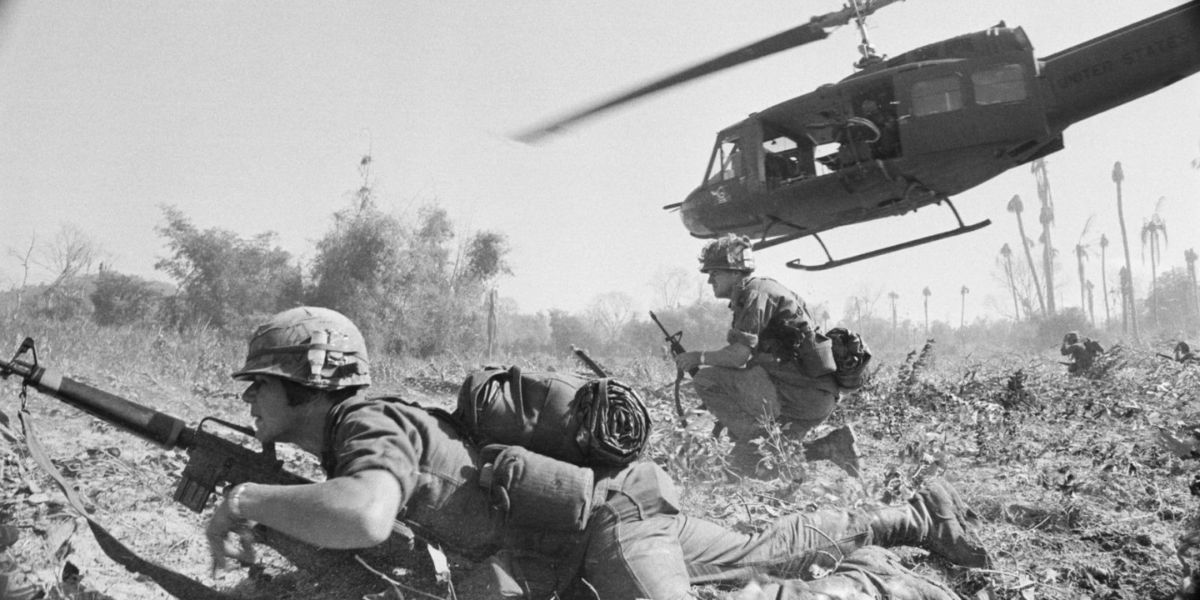
The Vietnam War was the second most brutal war after World War II. Foreigners often associate the Vietnam War with painful memories and many unanswered questions. In Vietnam, while the war has faded significantly from people’s memories, it is not forgotten, and there are frequent reminders to educate the youth about patriotism. Museums, monuments, and photo books about the Vietnam War can be seen throughout Vietnam. Places you should visit to learn about the Vietnam War include the Cu Chi Tunnels and the War Remnants Museum.
12. Street Vendors
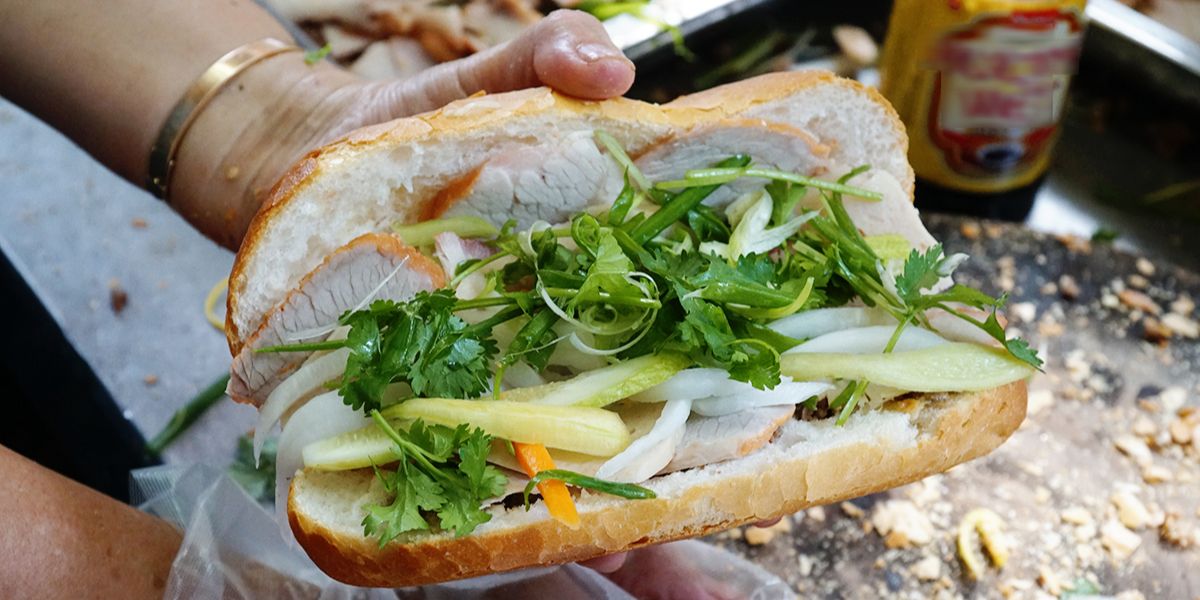
Vietnamese people have a unique way of selling goods on bicycles. Instead of a fixed store location, these vendors move throughout the city and often stop at sidewalks or markets to sell their goods. Common items sold by street vendors include flowers, snacks, and food items like vegetables, bánh mì (Vietnamese baguette), and salt. Street vendors are a favorite subject for photographers visiting Vietnam.
13. A Miniature European City

A large city in Vietnam often features characteristics of a European city: a grand cathedral, an opera house, a post office, a bank, a town hall, and a bustling commercial district. When visiting cities like Hanoi, Ho Chi Minh City, Dalat, or Hue, you’ll feel as though you’ve stepped into a European city from the early 20th century with various architectural styles like Neo-Gothic, Art Deco, and Modernism. This is all thanks to the French legacy of grand architectural design left behind in this former colony.
14. The Smiles of Everyone

Vietnamese people are among the happiest in the world. We work hard but also know how to enjoy ourselves. After work, men often go for a beer, women attend aerobics classes, and young people go out for coffee. This creates a relaxed, joyful Southeast Asian lifestyle. Consumerism is making life more stressful, but generally, we still maintain a cheerful demeanor, especially when meeting foreign tourists.
15. Traditional Vietnamese Clothing

Vietnamese people only wear traditional clothing like the áo dài and conical hat on special occasions such as holidays, Tet Nguyen Dan (Lunar New Year), or for graduation photos. Typically, only women wear these traditional outfits, while men often wear suits. When visiting places like Van Mieu (Temple of Literature), the Imperial Citadel of Thang Long, or the Old Quarter of Hanoi, you will see many people dressed in these beautiful traditional outfits.